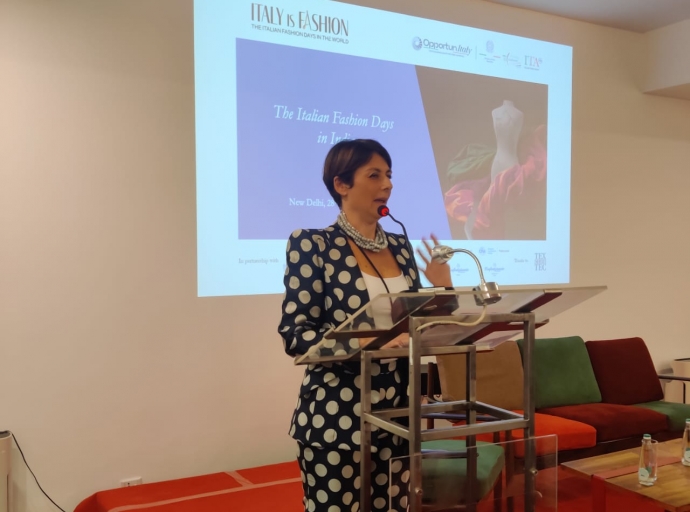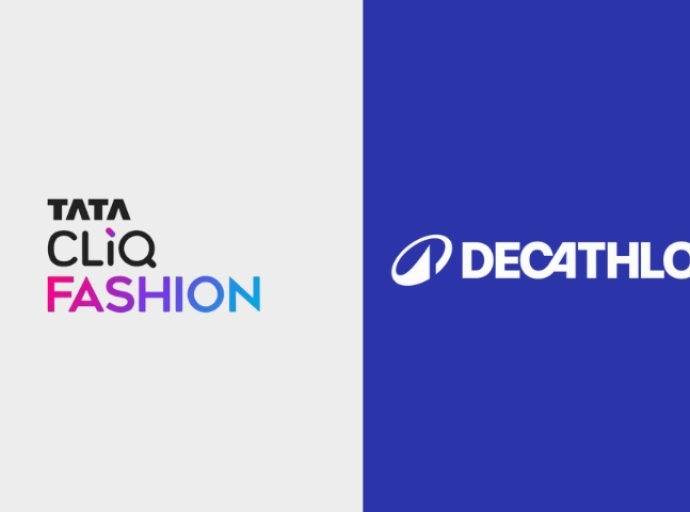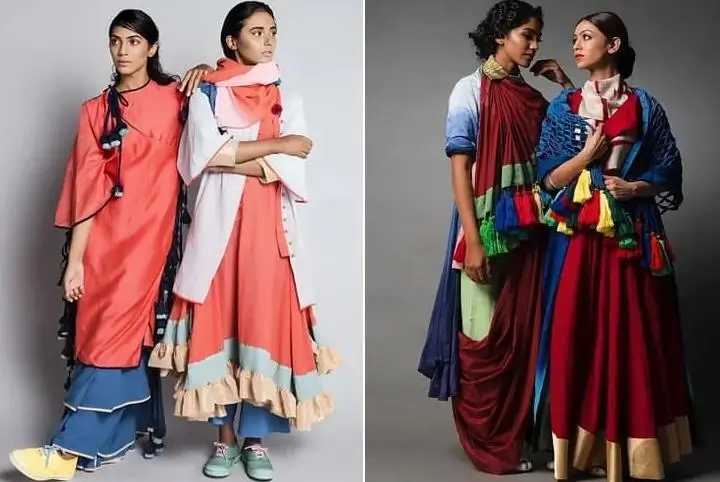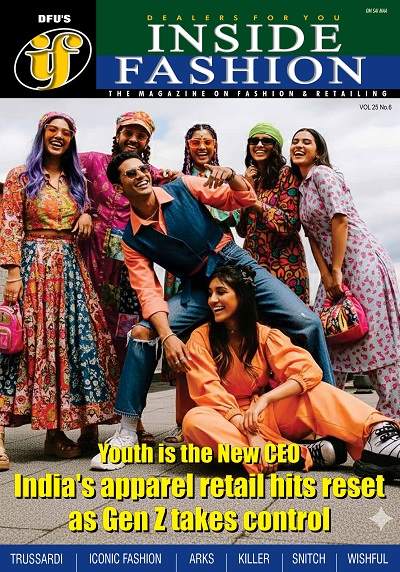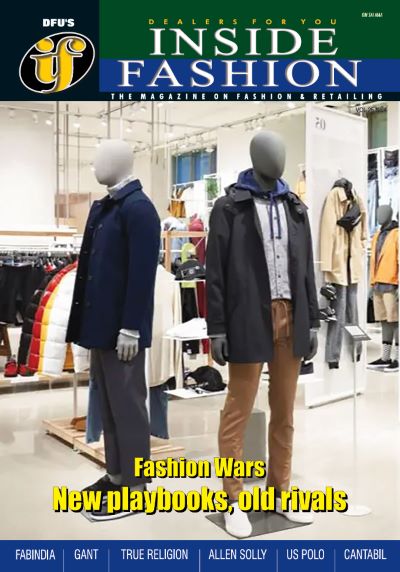The event 'Italian Fashion Days in India' (Le Giornate della Moda Italiana nel Mondo) officially kicked off on October 28, at the Italian Embassy in New Delhi, marking a significant new step in the strategic partnership between Italy and India.
This three-city, three day initiative, described as the first of its kind in India, is a key component of Italy's "Diplomacy and Growth Strategy", had an eventful day on Oct 29 in Mumbai and the event is set to continue in Ahmedabad on Day 3 on Oct 30, 2025 .
The conversations among Italian fashion leaders on Day 2 in Mumbai revealed a sobering strategic pivot: to protect the globally revered "Made in Italy" label from extinction, Italian brands are embracing a nuanced manufacturing strategy that leans heavily on India’s burgeoning industrial capabilities.
The delicate state of 'Made in Italy'
Speaking at the event, Claudio Marenzi, President & CEO from Herno and Montura, articulated a deep concern over the brand’s future. He warned that the "Made in Italy" label is delicate and faces the same fate as other once-powerful origins, noting that important provenance labels, such as the “Made in England” and “Made in France,” have essentially become "extinct."
The solution, according to Marenzi, is an immediate and deliberate strategy of exclusivity."Made in Italy cannot be used, just for anything. It must be used only for precious products," he stated, referring to materials like cashmere, silk, and the finest wool. This means Italian manufacturing will be strictly reserved for high-luxury items that embody traditional craftsmanship.
India: The strategic manufacturing hub
For products that utilize technical, performing, thermo-woven, or synthetic fabrics—which are key components in modern apparel—Italian brands are now actively looking to foreign partners to ensure efficiency and cost-correct manufacturing.
India, described by attendees as a country with a "great manufacturing culture," is positioned to become a critical partner in this new dual production model.
Read our latest issue
The synergy is driven by India’s capacity to handle modern, high-volume manufacturing that still requires precision, freeing up Italian domestic production to focus solely on irreplaceable luxury craftsmanship.
The economic foundation for this partnership is already robust. Event host, Maria Silvia Sacchi, highlighted that Italy is the world's third-largest fashion exporter, and currently imports garments from India worth over 700 million euros, cementing India's status as one of Italy's key trade partners. This is viewed not as simple outsourcing, but as a reciprocal exchange that strengthens both economies.
Ancient roots, boundless future
This modern economic partnership also rests on centuries of cultural exchange. Attendees noted that the relationship between Italian and Indian fashion is ancient, dating back to the 17th century when Italian royal tailors prized textiles from the subcontinent. Today, India’s rich traditions in embroidery and tailoring continue to be a vibrant source of inspiration for Italian fashion houses.
As India’s dynamic market and manufacturing influence global trends, and Italian creativity finds new expressions through these collaborations, the dialogue during the 'Italian Fashion Days' suggested that this strategic partnership is laying the foundation for a truly "boundless future together."


